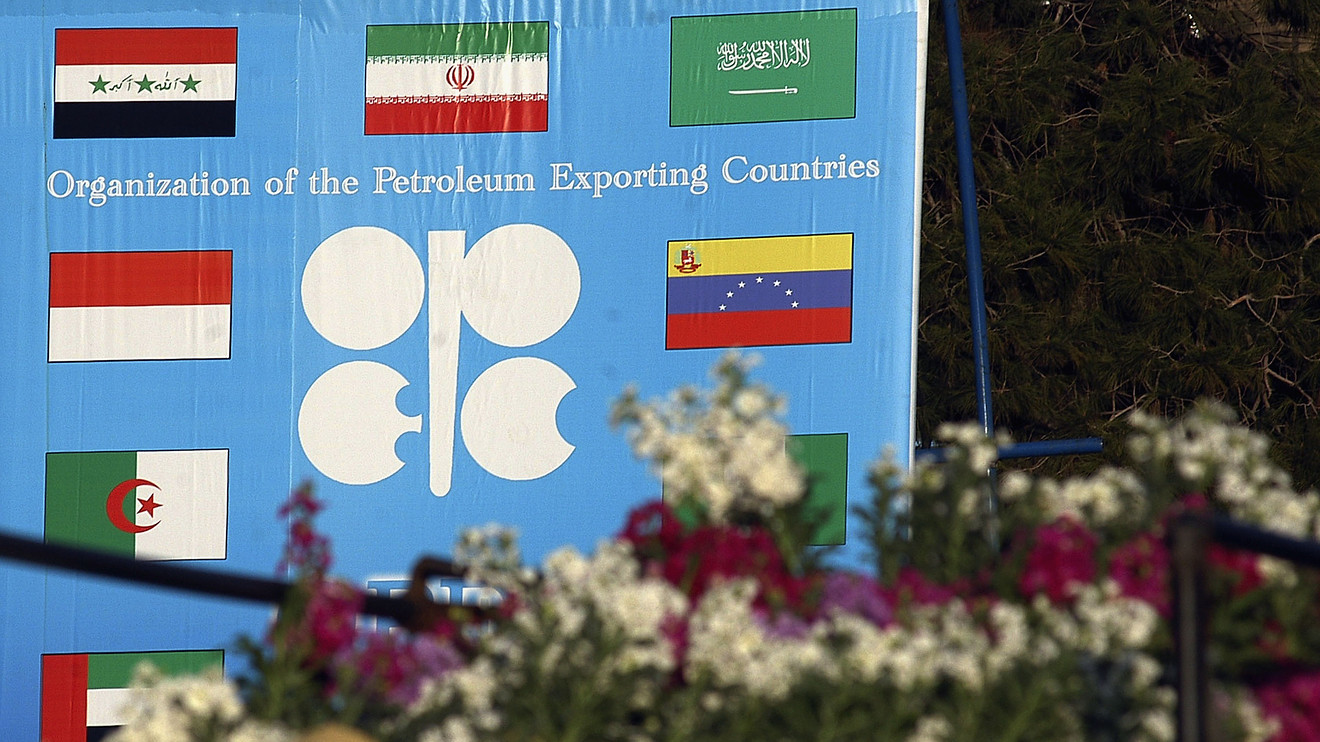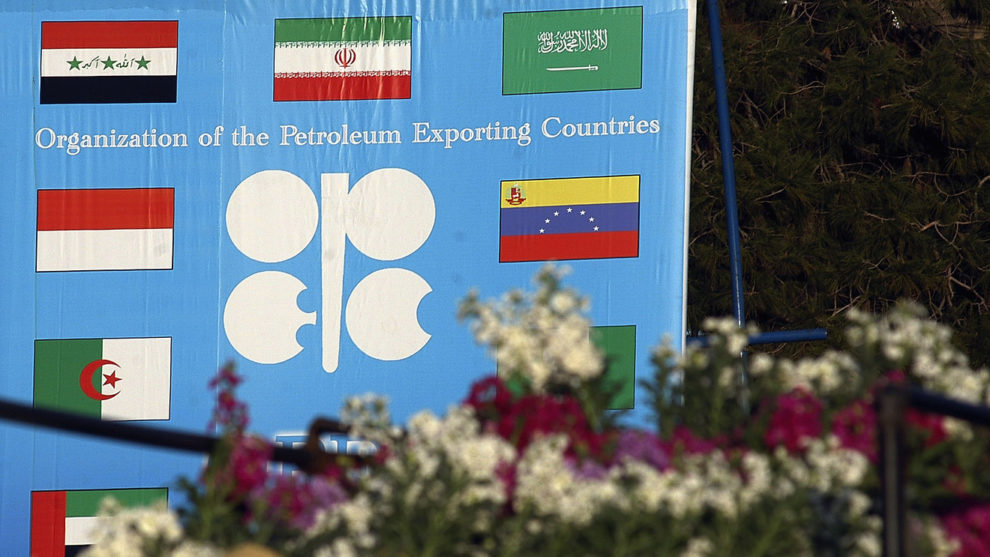
OPEC and its allies, collectively known as OPEC+, will officially meet this week as speculation grows that the oil producers may increase the size of crude output cuts already in place.
On Wednesday, however, news emerged that Saudi Arabia had threatened to boost its own oil production if some members of the Organization of the Petroleum Exporting Countries continue to fail to meet the group’s output curb commitments.
A Saudi delegate said his government was growing tired of indirectly benefiting budgets for countries that aren’t fully complying with the output cuts set in place at the start of 2018, according to a report from The Wall Street Journal, citing a person who was present at a technical meeting Tuesday.
The delegate said that if noncompliance continues, Saudi Arabia would start to comply with its quota commitment, instead of overcutting it to make up for those who aren’t complying with the cuts.
The 11 OPEC members with quotas under the current agreement posted a 142% compliance rate in October, according to an S&P Global Platts survey of OPEC production released in early November.
The survey showed that Saudis remained well below its quota by some 510,000 barrels per day. Iraq, meanwhile, pumped 4.77 million barrels per day in October, and was the “largest violator of its cap,” as it was overproducing by 260,000 barrels per day, the survey said.
If the Saudis moved toward strict adherence, that could lead to an increase in OPEC member production.
That news followed a Bloomberg report Friday that indicated Riyadh may not be willing to compensate for excessive production by other OPEC members.
“While the Saudis are surely unhappy that other OPEC nations are overproducing their quotas,” and with the fact that oil prices are trading $60 a barrel and not $70 or $80 a barrel, “they have too much invested at this stage to change course,” Ryan Fitzmaurice, energy strategist at Rabobank, told MarketWatch on Monday.
OPEC+ will consider deepening existing oil production cuts by about 400,000 barrels per day to 1.6 million barrels per day, Thamer Ghadhban, Iraq’s oil minister, told reporters in Baghdad, according to a report from Reuters Sunday. The current OPEC+ agreement calls for an output cut of 1.2 million barrels a day from late 2018 levels through March 2020.
Members of OPEC have scheduled a meeting for Thursday, and will hold a separate gathering with allied non-OPEC members on Friday in Vienna.
OPEC+ knows that “the market will punish them if they choose to loosen the current agreement in any fashion,” Fitzmaurice said, pointing out that the news Friday that the Saudis were considering increasing their production unless other members produce in line with the agreement sent WTI oil prices down by over 5%.
“We continue to expect a volatile week ahead with contradicting OPEC headlines,” he added.
Read: Here are the biggest risks to OPEC+ efforts to balance oil
On Wednesday, global benchmark Brent crude futures UK:BRNF20 traded at $63.19 a barrel on the ICE Futures Europe exchange, up $2.37, or 3.9%. U.S. benchmark January West Texas Intermediate crude CLF20, +4.01% rose $2.34, or 4.2%, to $58.44 a barrel on the New York Mercantile Exchange. Year to date, the front-month Brent contract trades up by around 17%, while WTI has gained 29%, according to FactSet data.
Fitzmaurice believes there is “very little incentive” for the Saudis to increase production.
“The market signal is clear and so is math,” he said, pointing out that the Saudis produce roughly 10 million barrels a day and at $60 a barrel, for $600 million a day in revenue.
So, if the Saudis were to increase production by 500,000 barrels per day, the market would expect to see at least a $5 a barrel sell off in oil prices, if not more, he explained. This would result in roughly $25 million a bay less revenue “despite the higher production, so there is very little incentive to do that — especially considering that the Saudi Aramco IPO has recently been given the green light.”
“As such, our base case is for the current agreement to be rolled forward with stricter adherence and controls with respect to Russia, Iraq, Nigeria, and Libya,” said Fitzmaurice.
And if these nations start producing to their current quota levels, that would in effect be a 400,000 barrel per day cut, the size of which is “currently being floated and enough to balance the market in our view,” he said.
In any case, Rebecca Babin, a senior energy trader at CIBC Private Wealth Management, likened the Dec. 5 meeting to “Thanksgiving dinner with a dysfunctional family. Each member comes with their own opinions and objectives which can make for tense dinner conversations.”
“The mere fact that it was scheduled to take place on the same day as the [Saudi] Aramco IPO pricing lead many to believe that it was not likely to surprise the market and current output quotas would remain in place,” she said in emailed commentary.











Add Comment